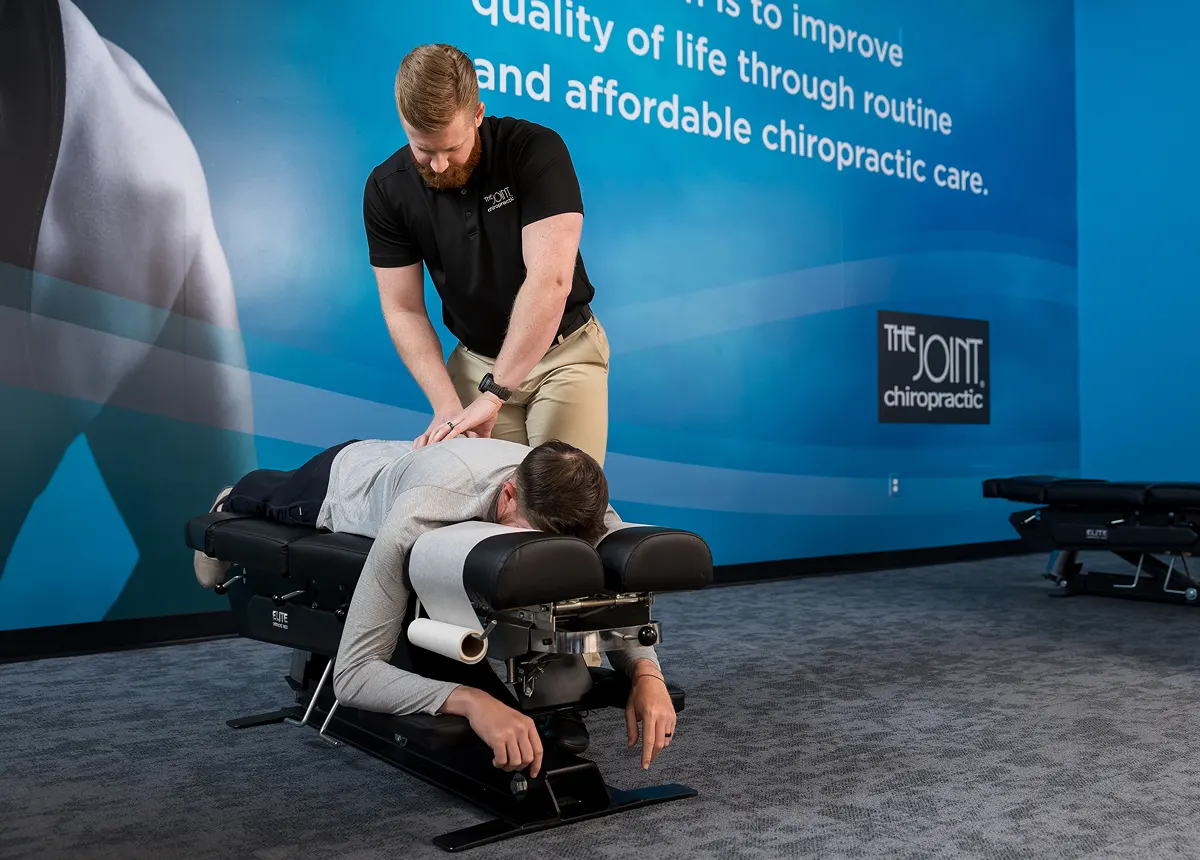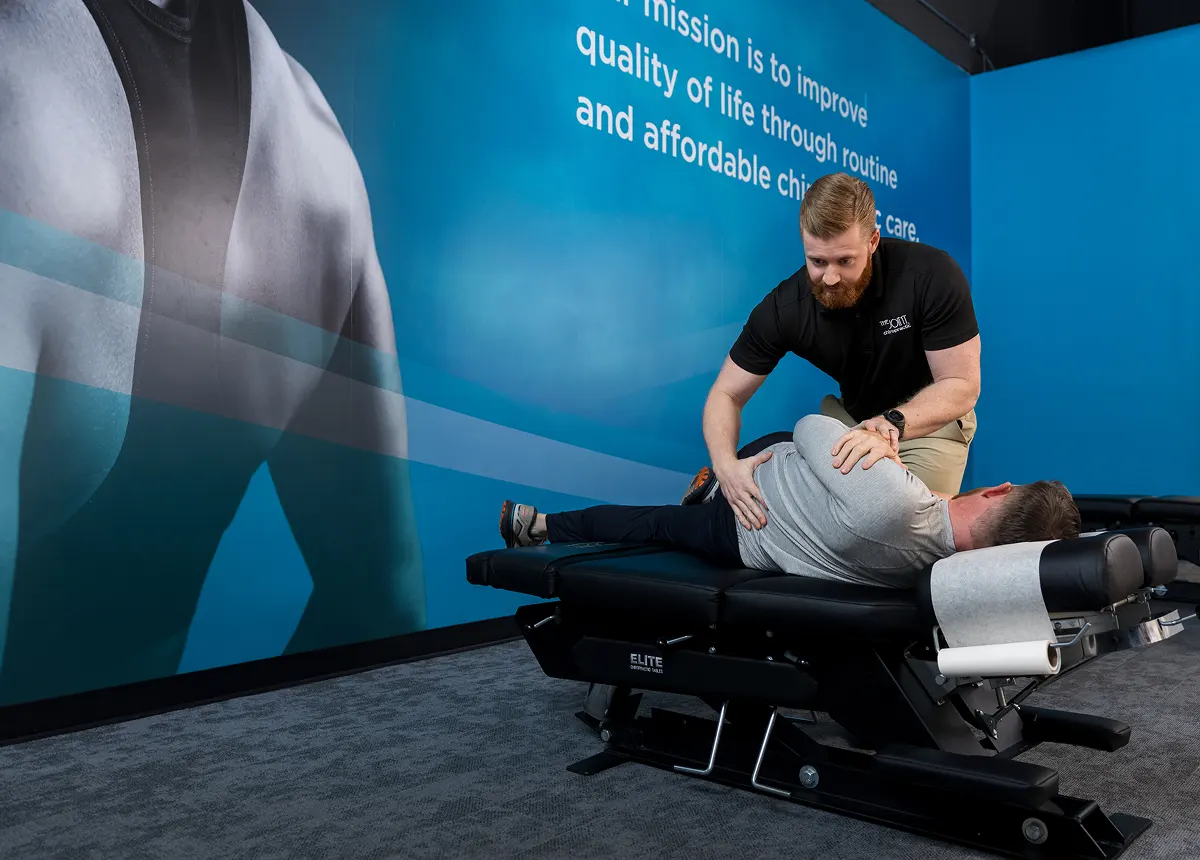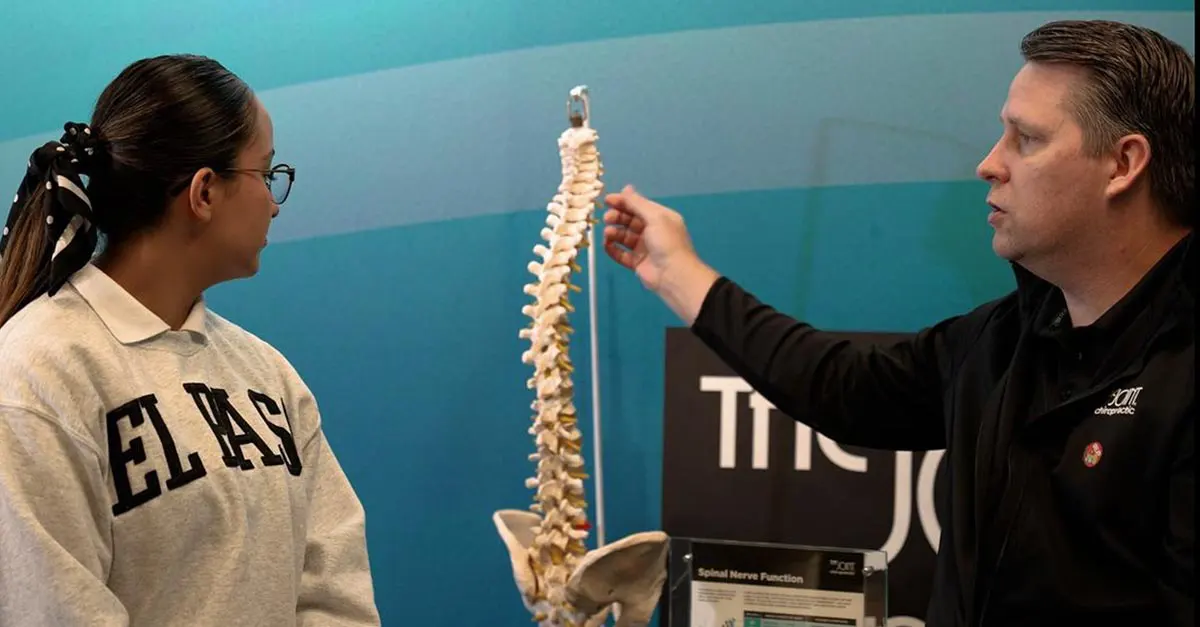Common Symptoms And Daily Struggles
Even mild sciatica may disrupt your day. Bending down to tie your shoes, carrying groceries, or standing at the sink to do dishes may trigger pain or numbness. The same goes for long drives, sitting at a desk, exercising, or even just relaxing on the couch. All may cause discomfort.
What Are Common Sciatica Symptoms?
- Sharp, shooting pain that travels from the lower back into the butt and down the leg
- Burning or electric sensations along the nerve pathway
- Tingling or “pins and needles” in the leg or foot
- Numbness that may make parts of your leg or foot feel “asleep”
- Muscle weakness in the affected leg, sometimes making it hard to stand or walk
- Pain that worsens with sitting, coughing, sneezing, or sudden movements
Sciatica can interrupt your rhythm, making simple routines feel difficult and frustrating. The good news is that it does not have to stay that way. Sciatica is treatable, and with the right approach you can reduce discomfort, improve mobility, and rediscover the ease of moving through your day. Relief is possible, and so is reclaiming the activities that matter most to you.


















